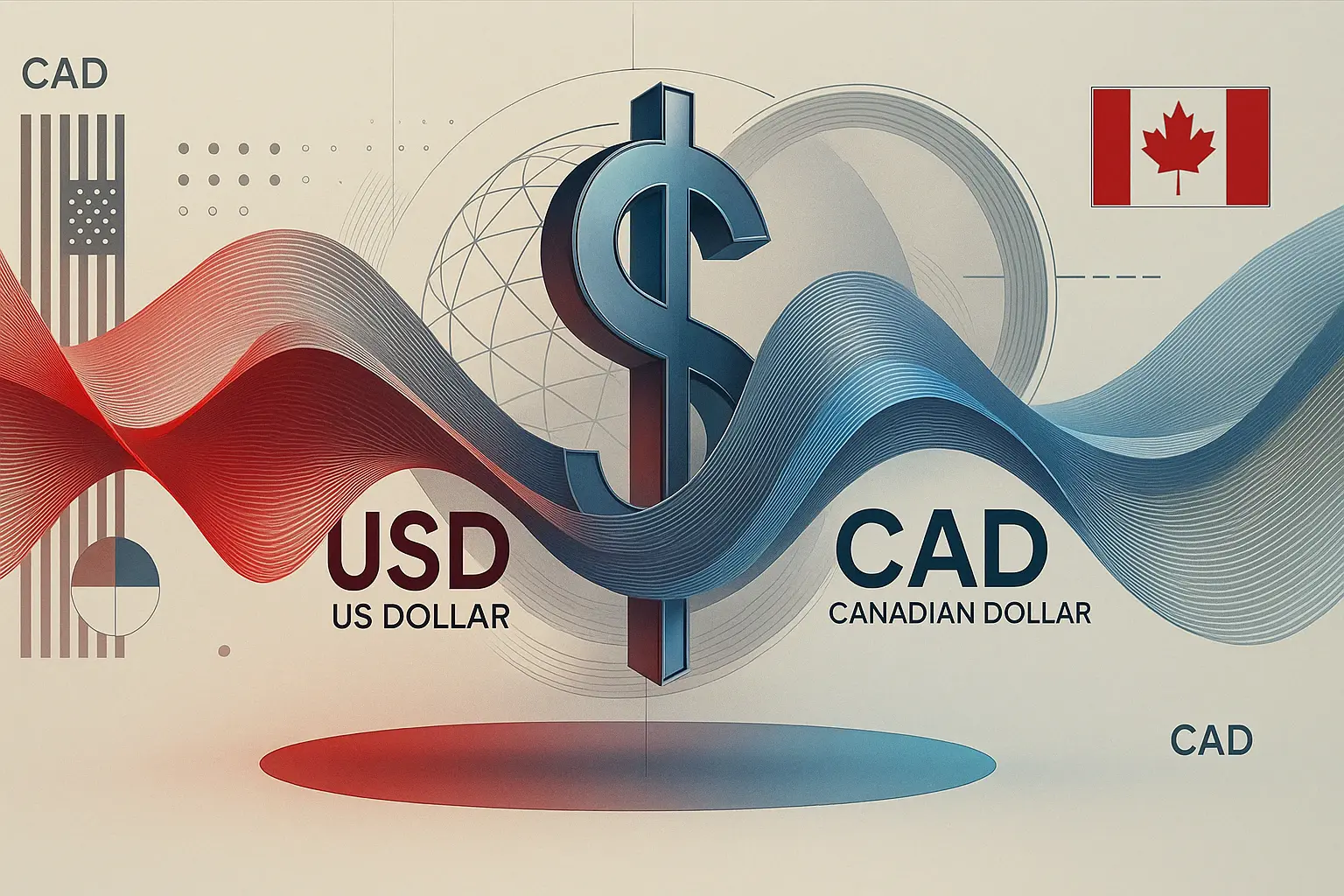Monetary policy easing is expected to positively affect bilateral trade and offset the negative impact of import tariffs on key goods. Following the agreements reached at the meeting between Canadian Prime Minister Mark Carney and U.S. President Donald Trump, Ottawa will cancel some of its “mirror” measures and intensify contacts in trade and security. This should reduce pressure on goods that form the basis of the consumer price index. Against this backdrop, Statistics Canada’s quarterly survey shows that in Q3, 62.2% of local businesses expect obstacles to doing business, down from 65.4% previously. At the same time, 66.7% of respondents remain optimistic for the next 12 months, compared with 70.0% in Q2.
Meanwhile, Bank of Canada Governor Tiff Macklem stated on Tuesday that the central bank will not revise its 2.0% inflation target when updating monetary policy in 2026. According to its mandate, the regulator aims to keep the consumer price index at 2.0% — the midpoint of the 1.0–3.0% target range — which Macklem says has proven effective in maintaining price stability over time. However, he noted that policymakers must decide how to respond to supply shocks, especially as the national economy reorients supply chains amid uncertainty caused by U.S. tariff policies.
As for the U.S. dollar, it continues to show mixed dynamics, trading slightly lower today around 98.00 on the USDX. Investors are monitoring the future path of Fed interest rates. Following Powell’s comments at the Jackson Hole symposium last Friday, markets looked for confirmation of intentions to cut borrowing costs in September. According to the CME Group FedWatch Tool, the probability of a 25 basis point rate cut in September is now 87.2%, compared with 61.0% before Powell’s speech.
Support and Resistance Levels
On the daily chart, the price remains slightly above the support line of the ascending channel with boundaries at 1.4000–1.3700.
Technical indicators continue to weaken the buy signal: the EMA lines on the Alligator indicator are narrowing downward, fast moving averages remain above the signal line, and the AO histogram is forming corrective bars slightly above the zero line.
- Support levels: 1.3720, 1.3560
- Resistance levels: 1.3850, 1.4020
Trading Scenarios (Weekly Forecast)
- Bearish scenario: If the correction continues and the price consolidates below 1.3720, sell positions become relevant with a target of 1.3560. Stop-loss — 1.3800. Timeframe: 7+ days.
- Bullish scenario: If growth continues and the price consolidates above 1.3850, buy positions become relevant with a target of 1.4020. Stop-loss — 1.3780.

Scenario
- Timeframe: Weekly
- Recommendation: SELL STOP
- Entry Point: 1.3720
- Take Profit: 1.3560
- Stop Loss: 1.3800
- Key Levels: 1.3560, 1.3720, 1.3850, 1.4020
Alternative Scenario
- Recommendation: BUY STOP
- Entry Point: 1.3850
- Take Profit: 1.4020
- Stop Loss: 1.3780
- Key Levels: 1.3560, 1.3720, 1.3850, 1.4020

